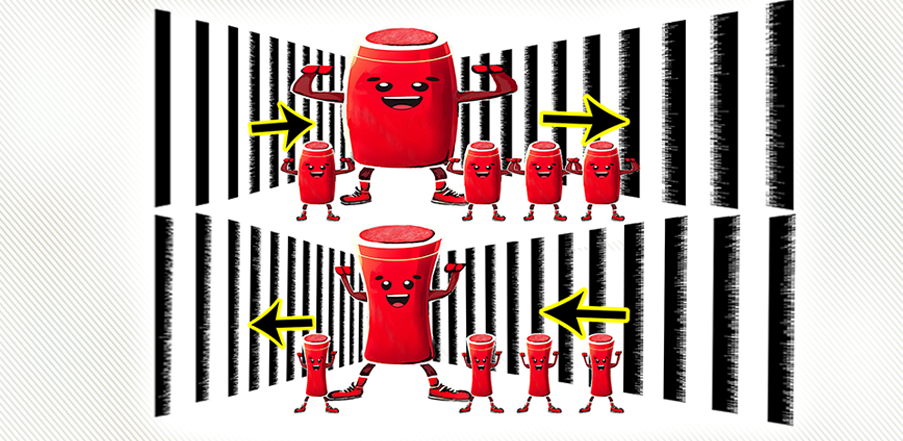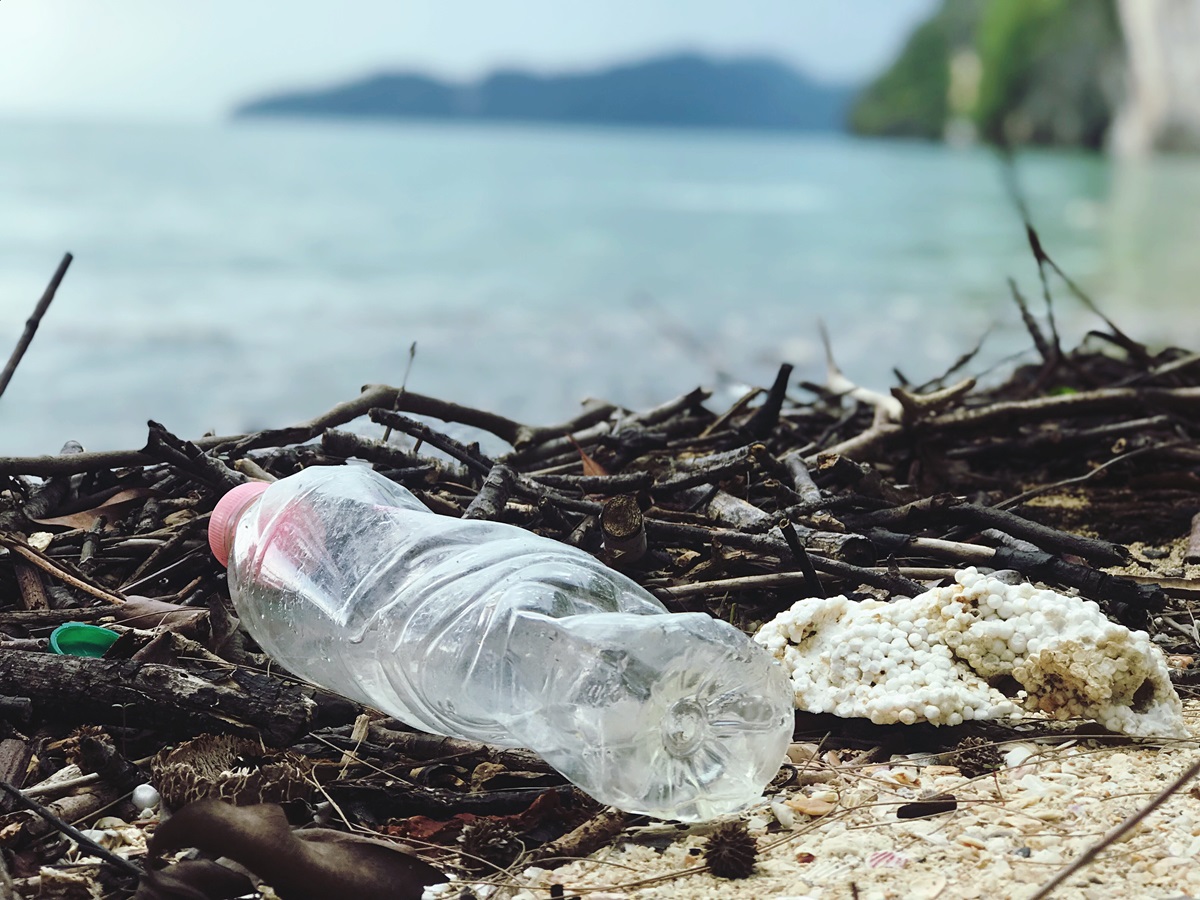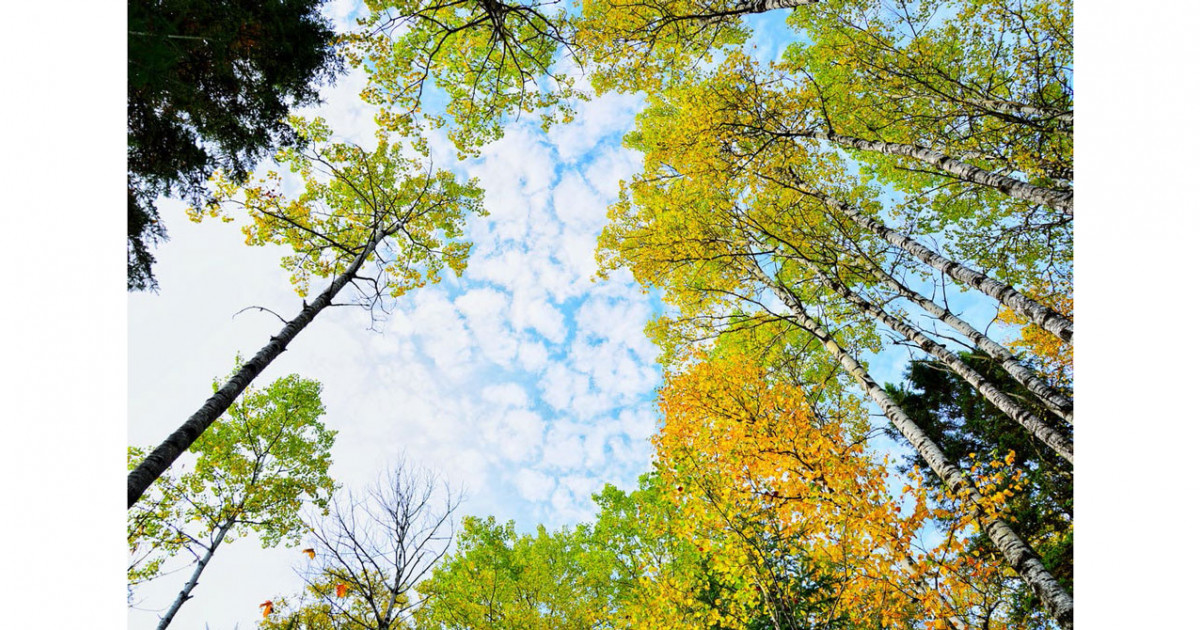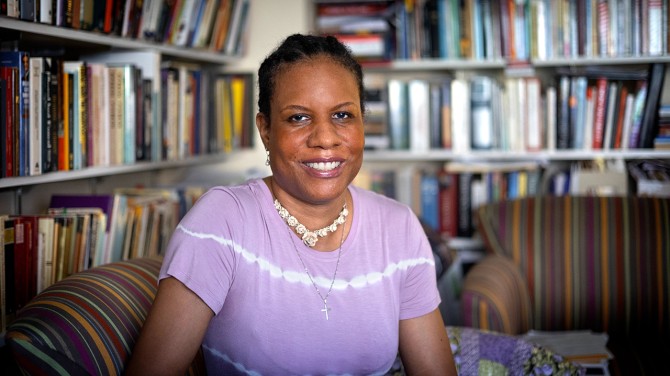Fire activity remained relatively consistent again today which allowed fire fighters to identify containment lines as there is still a large amount of fire burning in the northern part of the state.
Back-burning near Lithgow has generated smoke over the Blue Mountains area and has triggered many calls to Triple Zero (000).
We remind people to leave Triple Zero (000) for emergencies, general enquiries can be made to the Bush Fire Information Line on 1800 679 737.
That said, there are still 67 active fires burning throughout the state. At 6pm one fire is at emergency warning level and 6 at watch and act level. Whilst conditions have eased we expect a return to warmer fire conditions mid next week. We urge residents to keep up-to-date on fire activity in their area.
A State of Emergency remains in place in New South Wales. A total fire ban has been issued for Far North Coast, North Coast, Greater Hunter, Greater Sydney Region, New England, Illawarra/Shoalhaven, Central Ranges and Northern Slopes for Friday 15 November 2019.
The following message details important, whole-of-government information for the people of New South Wales in response to the on-going bush fire activity in the state. Please share the information below with family and friends.
Rural Fire Service
Stay up to date on fires in your area. People are urged to download the ‘Fires Near Me’ app: https://www.rfs.nsw.gov.au/fire-information/fires-near-me
If you are threatened by fire, you need to take action to protect yourself. Do not be caught in the open.
Keep up-to-date with major fire updates: https://www.rfs.nsw.gov.au/fire-information/major-fire-updates
For more information about the fires, contact the Bush Fire Information Line – 1800 679 737
Education
In consultation with the NSW Rural Fire Service, schools not impacted by fire activity are expected to be operational on Friday 15 November 2019.
Approximately 58 schools will remain non-operational in fire-affected areas. They include 42 public schools, 12 catholic schools and 4 independent schools. Additionally, 6 TAFE colleges remain closed. Please monitor education.nsw.gov.au/public-schools/school-safety for updates. Contact your principal if you have any questions regarding your school.
Affected schools have been notified; however, an up-to-date list can be found via the following sites:
https://education.nsw.gov.au/public-schools/school-safety
https://twitter.com/NSWEducation
https://www.facebook.com/NSWDepartmentofEducation/
Catholic schools
https://click.ngcomms.net/dqxyga9fiztr/4rybzdi4yw0cv/diqoii4p0vbc
Any parent with questions should talk to their principal. Parents and carers are also reminded that children should not be left alone.
Health
BREATHING PROBLEMS UP DUE TO BUSHFIRES
There have been increases in the number of hospital presentations for asthma and breathing problems in areas worst affected by the NSW bushfires emergency, prompting a renewed call for people to take precautions when there is smoke in the air.
Preliminary analysis of emergency department data shows that hospitals in the Mid-North Coast, where fires were at their worst, have had 68 presentations to emergency departments for asthma or breathing problems over the last week, almost double the usual number.
NSW Health Director of Environmental Health, Dr Richard Broome, said there were also signs that ED presentations for asthma and breathing problems were high in the Hunter and Central Coast Local Health Districts.
“Smoke from the bushfires that have ravaged so much of NSW have led to a rise in people seeking help at public hospitals,” Dr Broome said.
“Air quality has been very poor, so this increase isn’t unexpected. The good news is while the ED presentations have increased, the number of people requiring admission to hospital has remained about the same.
“The increase in presentations is across all ages and it serves to reinforce the message that people with asthma and other respiratory problems should take care on smoky days. It shows that smoke from active and smoldering fires can have a real impact on people’s health.
Dr Broome said the smoke might cause no more that eye or throat irritation for most people, but that those with known respiratory conditions, like asthma, need to be cautious when smoke is about.
“People with breathing conditions should avoid outdoor physical activity when there’s smoke around and people with asthma should also follow their Asthma Action Plan and carry their relieving medication with,” he said. “If you’re prescribed a preventer puffer, it’s really important to be taking it at the moment.”
“The best way to reduce exposure to smoke is to stay indoors with the doors and windows shut. Air conditioning can also help to filter particles from indoor air,” Dr Broome said.
Dr Broome said despite the increase in ED presentations, NSW hospitals are well prepared to deal with emergency situations such as the bushfires, and there was still a long way to go this summer.
“These bushfires have been devastating, but they will not be the last fires in NSW over the coming months. Staying cautions in smoky conditions will continue to be the best way to stay safe.”
In case of emergency always remember to dial Triple Zero. Up-to-date information on air quality is available online at: https://www.health.nsw.gov.au/environment/factsheets/Pages/bushfire-smoke.aspx
National Parks & Wildlife Service
Due to the continuation of bush fire activity throughout much of the state, many national parks, including tracks, trails and campgrounds remain closed until further notice.
A full list of the closures is available at https://www.nationalparks.nsw.gov.au/alerts/alerts-list
Additional road closures are very likely, so check with https://m.livetraffic.rta.nsw.gov.au/Search.aspx before travelling through any National Park and generally avoid driving in any bushland.
All visitors to national parks are reminded that a TOTAL FIRE BAN has been declared for many parts of the state and ALL forms of flame-based cooking and BBQs are not permitted. For details on what is permissible visit:
www.rfs.nsw.gov.au/fire-information/fdr-and-tobans/total-fire-ban-rules
Transport
All previously affected services have returned to normal operations.
At 6pm the following roads remain affected:
WHIPORIE TO BUNGAWALBIN Bungawalbin Whiporie Rd between Summerland Way and Moonem New Italy Rd
NABIAC Pacific Hwy at Wallanbah Rd (Northbound)
COLO TO MILBRODALE Putty Rd between Milbrodale Rd and Long Weeney Creek Trail
NEW ITALY Pacific Hwy near Turners Rd (Reduced Speed)
FAILFORD Failford Rd between Pacific Hwy and The Lakes Way
FAILFORD Bullocky Way between Pacific Hwy and Failford Rd
WALCHA TO LONG FLAT Oxley Hwy between Brackendale Rd and Henry St
WOODENBONG NSW TO RATHDOWNEY QLD Summerland Way & Mount Lindesay Hwy
BALD NOB TO EATONSVILLE Gwydir Hwy between Bald Nob Rd and Tindal Rd
BUCCARUMBI TO BALD NOB Old Glen Innes Rd and Old Grafton Rd between Buccarumbi Bridge (near Cunglebung Rd) and Gwydir Hwy
LOWER CREEK TO WILLAWARRIN Kempsey Rd/Armidale Rd between Raspberry Rd and Armidale St
COUTTS CROSSING TO CLOUDS CREEK Armidale Rd
COMBOYNE TO CEDAR PARTY Comboyne Rd/Wingham Rd between Colling Rd and Mooral Creek Rd
COMBOYNE TO UPPER LANSDOWNE Koppin Yarratt Rd between Lorne Rd and Upper Lansdowne Rd
UPPER FINE FLOWER (NORTH OF GRAFTON) Clarence Way between Carnham and Baryulgil
WALLABI POINT Saltwater Rd between Old Bar Rd and Wallabi Point
TELEGRAPH POINT Red Hill Rd between Rollands Plains Rd and Cooperabung Range Rd
NOWENDOC TO KNORRIT FLAT Nowendoc Rd
Latest information on public transport – www.transportnsw.info or call 131 500
Welfare (Evacuation Centres)
Many wonderful people are asking what the best way to help those affected by the NSW bushfires is.
The best way to help our impacted communities is to donate money to one of the many charities or appeals that have been established.
Money gives people the choice to buy things they really need and support local businesses that have also been impacted.
Please DO NOT donate physical goods such as toys, furniture and clothes at this time.
They are usually not needed and fill up community spaces and take volunteers away from other important tasks.
If you have goods to donate, please consider having a garage sale and donating the proceeds instead, or donate to your local charity.
FOR YOUR SAFETY – Fires are still burning across NSW and weather conditions are ever changing. DO NOT put yourself at unnecessary risk by driving to the affected areas.
Consider donating to a local trusted charity or appeal, or one of these:
Salvation Army 2019 November Bushfire Appeal
https://www.salvationarmy.org.au/donate/make-a-donation/donate-online/?appeal=disasterappeal
Red Cross Relief and Recovery
https://www.redcross.org.au/support-us/donate-funds/disaster-relief-and-recovery
St Vincent de Paul Society Bushfire Appeal (NSW)
https://donate.vinnies.org.au/appeals-nsw/vinnies-nsw-bushfire-appeal-nsw
We encourage all people in and around fire affected areas to register online with the Red Cross operated Register Find Reunite site at https://register.redcross.org.au/
There are currently still 10 Evacuation Centres open. For up to date information on evacuation centres please visit Emergency NSW:
https://www.emergency.nsw.gov.au/Pages/for-the-community/disasterassistance/disaster-assistance.aspx
Agriculture & Animal Services
Include your animals in your bush fire plan. If you can, take your animals with you. Assistance from AASFA is available if you attend an evacuation centre. For concerns about pets, companion animals and wildlife please also contact 1800 814 647.
Bushfire affected landholders requiring emergency fodder, emergency water, livestock or domestic animal assessment are being urged to call the Animal and Agriculture Services Hotline on 1800 814 647. Information regarding evacuation centres can be found at:
https://www.dpi.nsw.gov.au/climate-and-emergencies/emergency/bushfires/current-situation
Fields teams have limited access to assist landholders due to restrictions (active fairgrounds/road closures etc) and are doing their best to reach as many as possible to provide assistance.
The NSW Department of Primary Industries (DPI) and Local Land Services are providing assistance to landholders to manage animal welfare-related issues including
· Emergency fodder
· Emergency stock water (where there is an immediate animal welfare concern)
· Animal assessment and veterinary assistance
· Stock euthanasia and burial
· Livestock feeding and management advice
· Care of animals in evacuation centres
Environment Protection Authority – Environmental Services:
The EPA reminds anyone with building damaged from the fires that may contain asbestos, to refrain from coming into close contact with the asbestos.
Work has commenced to undertake individual building assessments to ensure the community and environment are protected from hazardous materials, such as damaged asbestos and chemical contaminants. The assessments will be completed in coordination with Public Works, Fire and Rescue NSW and RFS and are expected to start from 15 November 2019.
In preparation for recovery, the EPA is contacting licensed premises potentially impacted by the fires to determine the extent of any damage.
The EPA is also providing advice to partner agencies, including Education and Health, and local councils regarding how to manage foam and retardants that were used in the fire response. How to clean up retardants is in fact sheets from NSW Health and RFS.
Utilities
Keep at least 8 metres away from fallen power lines or objects that may be energised, such as fences.
Report fallen power lines to either Ausgrid (131 388), Endeavour Energy (131 003), Essential Energy (132








